New York’s Newest Museum: The Makeup Museum
The coronavirus pandemic hit New York City hardest when the virus first began to spread in the United States. It left many wondering if the empty “city that never sleeps” would bounce back. Economic hardship and tragic loss were rife in the city, and many are still struggling, but finally indoor public gatherings are slowly coming back. It is a step forward for beloved New York staples, like the world-famous restaurant scene to recover financially, but also for new attractions, such as the Makeup Museum, to become a part of the culture of creativity that keeps New Yorkers’ morale up.
Expected to open in the spring, the Makeup Museum was intended to be an interactive exhibit which had to be completely restructured due to COVID-19 guidelines. Visitors must purchase tickets online in advance at scheduled times to limit how many people are in the museum. While at the museum, they must wear masks at all times and get their temperatures checked at the door. While the exhibit is still interactive, it is non-touch.
Finally opening Sept. 1, the Makeup Museum’s debut exhibit “Pink Jungle: 1950s Makeup in America” focuses on the decade where makeup became a part of the daily routine. Throughout the 1950’s, the industry truly boomed and became the highly profitable international industry it is today.
Upon entering, ’50s crooners like Nat King Cole play over the speakers as visitors navigate a space full of vintage makeup supplies on display.
Makeup history representatives from the museum stand at various tables where they give unique explanations regarding each artifact, present how vintage compacts opened and reveal the bold array of lipstick colors in ornate tubes. Gold makeup cases flip to open a secret compartment for cigarettes. What look like mini bullet casings open to reveal dark red lipstick samples. Even 1950s hair dryers and vintage perfume bottles decorate the walls.
Visitors gain an understanding of what the desired makeup look was in the ’50s, with one wall describing it as a “clear complexion, arched eyebrows, signature flick of eyeliner, a hint of blue or green eyeshadow, vibrant red lipstick.” It may seem simple by today’s standards of makeup. However, as the wall reads, “for the 1950s woman, the ability to groom herself with the latest beauty innovations was a highly modern endeavor.”
In a section dedicated to Dr. Erno Laszlo, a Hungarian born dermatologist prioritizing self-care, who worked for the likes of Marylin Monroe, Jackie Kennedy and Greta Garbo, the famous women’s skincare routines are revealed in detailed typewritten letters dictating everything from what diet, exercise and massages they should implement in their routines. Jackie’s routine even includes a note that she shared her acne cream with her husband, President John F. Kennedy.
Makeup artist Kenecia Lashae explained why the exhibit is so special: “It is one of a kind. I’ve been a makeup artist for over 10 years, and I’ve never seen makeup on pedestals not for sale, but for learning.” Lashae spoke of Director Doreen Bloch who “created this out of pure love and passion for makeup to allow others to see makeup from a different light as an innovative sight, not just a pretty lipstick.”
Women are often ridiculed for their use, or lack of use of makeup, and the industry is often still regarded as silly today. This exhibit highlights women who embraced the elegance makeup added to their look and, for their time, became revolutionary entrepreneurs.
Women such as Hazel Bishop, who was a Barnard graduate with a degree in chemistry, helped design better fuel for airplanes in World War II, and in her own kitchen used bromo acids to develop a non-drying, smudge-proof lipstick she dubbed the “No-Smear Lipstick.” Bishop’s lipstick sold out on the first day when it was debuted by Lord & Taylor in 1950. Bishop was the first woman to appear alone on the cover of Businessweek magazine in 1951, and her brand took off. Unfortunately, she lost a shareholder dispute with the advertising executive, and her brand was taken away from her with no way to sell any more products under her own name. Nevertheless, she pushed forward and remained involved in the makeup business, later becoming a professor at the Fashion Institute of Technology.
Bringing women such as Hazel Bishop to light shows the seriousness of the makeup industry that misogyny repeatedly tries to undermine. Women no longer need to feel insecure to put makeup on; they can decide to do so to start a million dollar business.
Be sure to visit “Pink Jungle” following COVID-19 guidelines to stay safe and enjoy what New York has to offer.
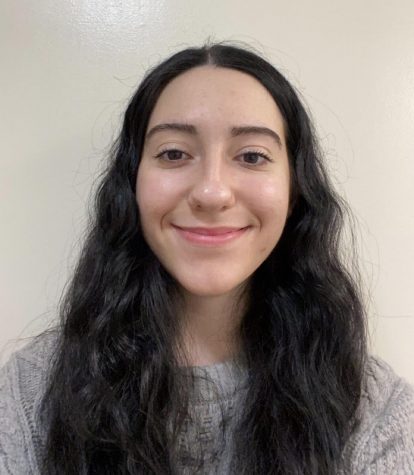
Sara Tsugranis is a sophomore at the Fordham College at Rose Hill, majoring in political science on the pre-law track and minoring in Orthodox Christian...





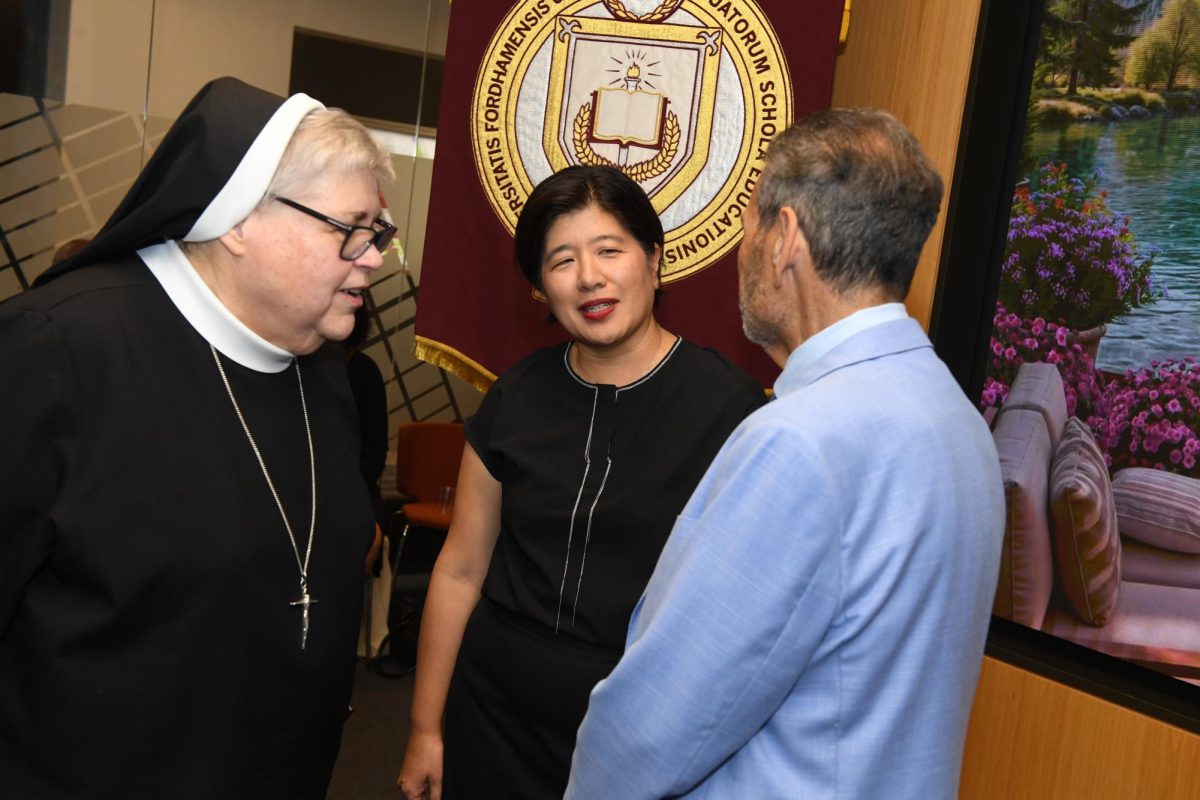
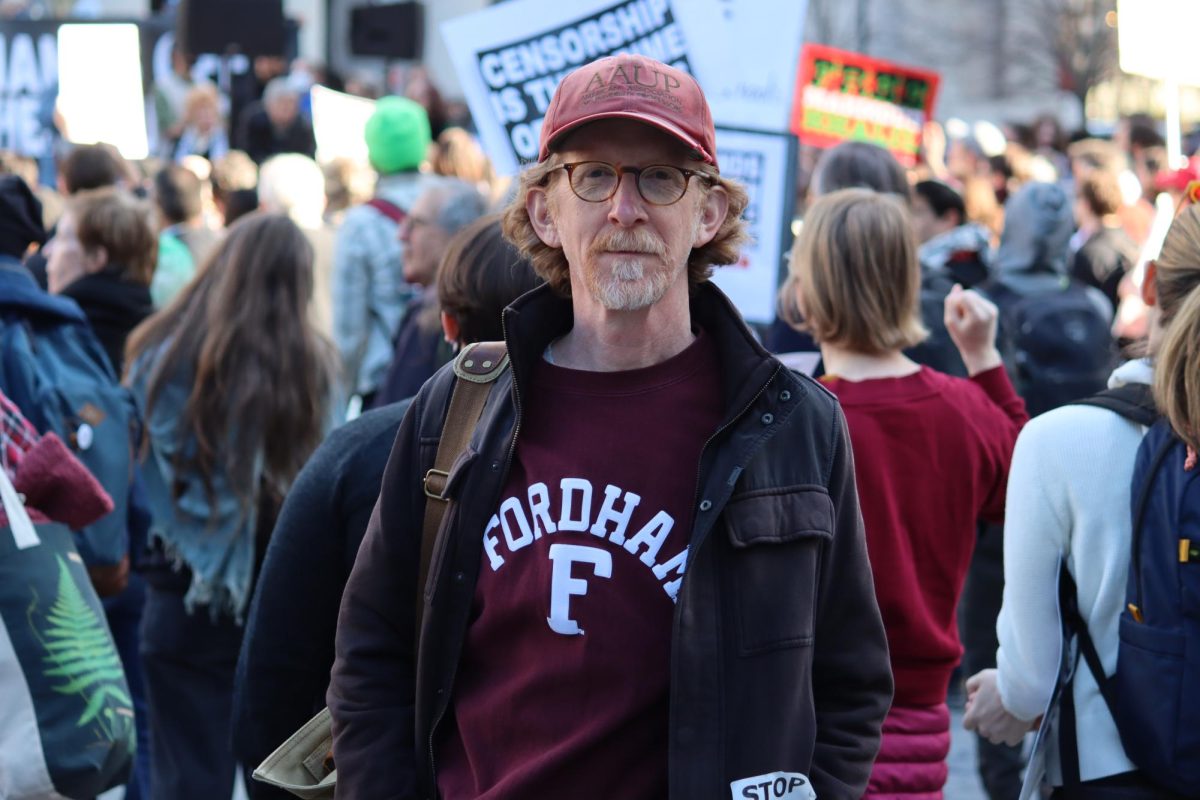





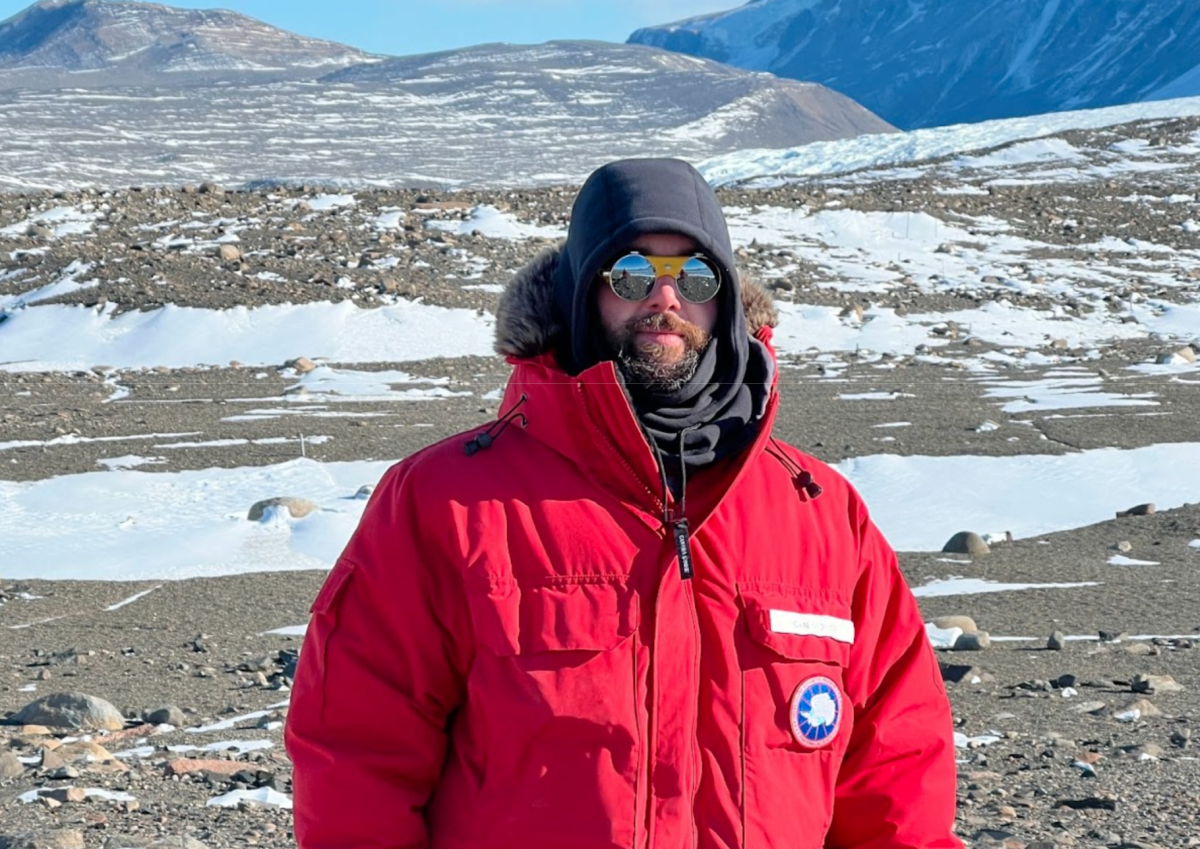





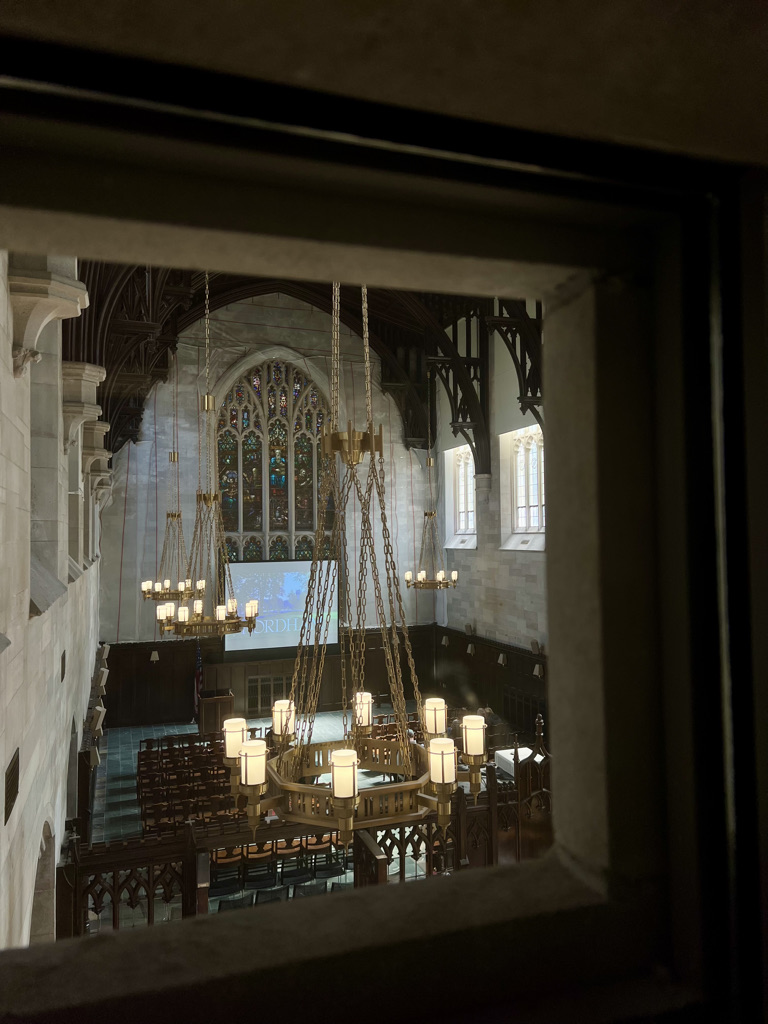










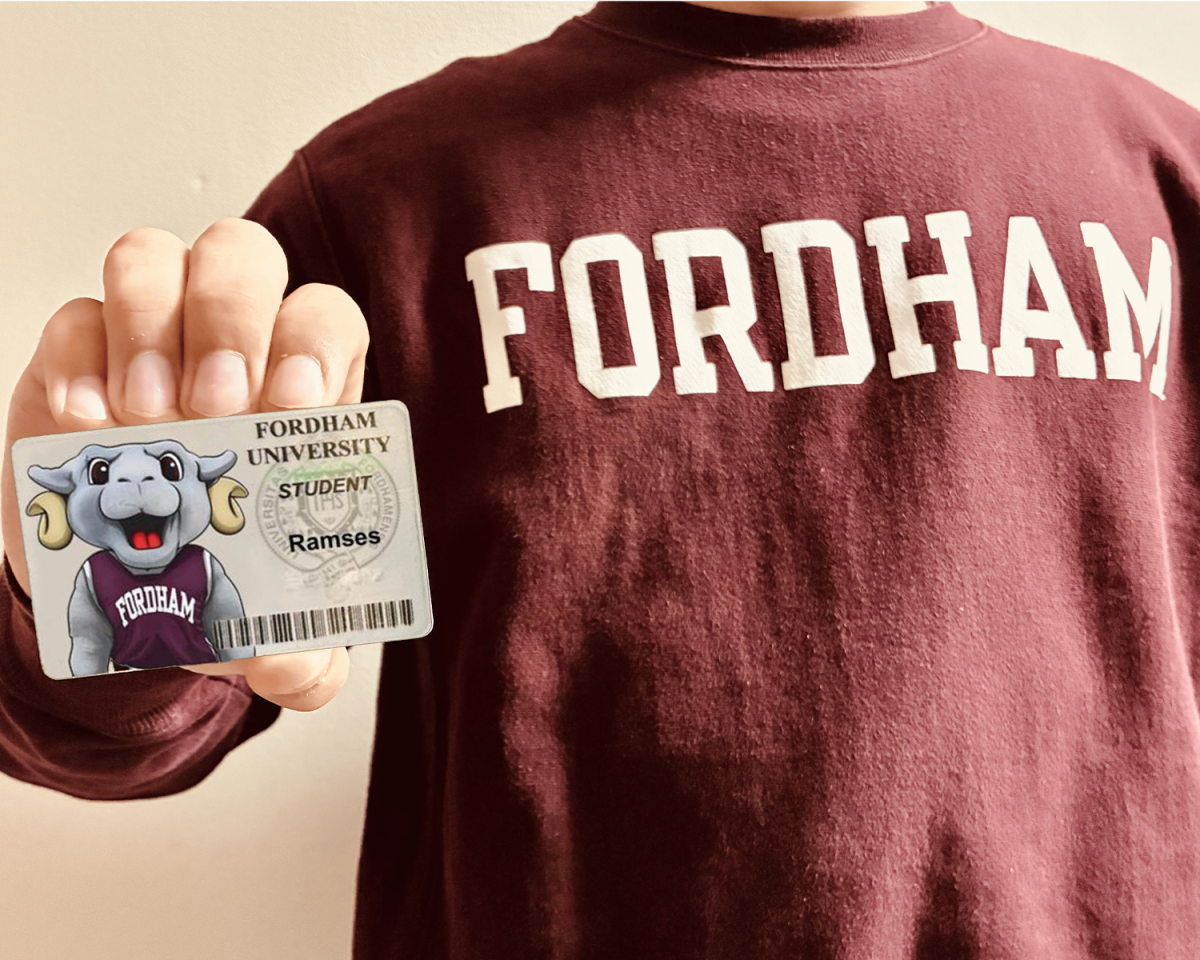
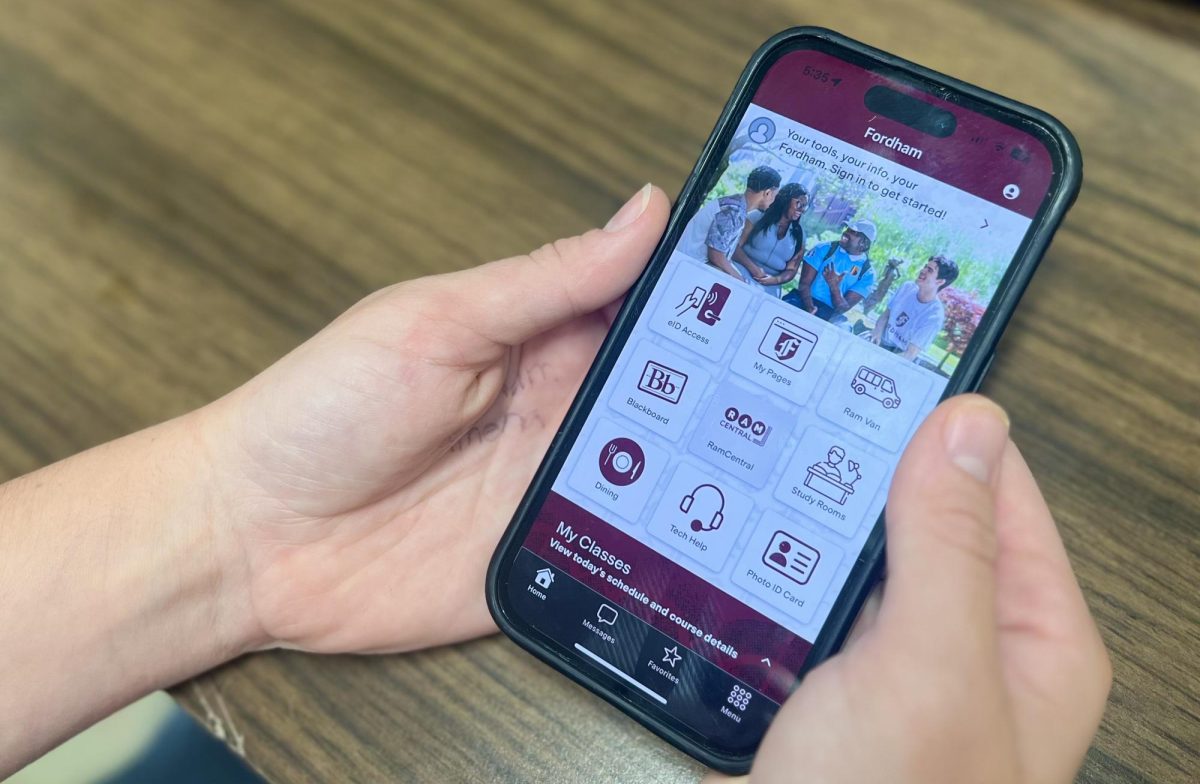



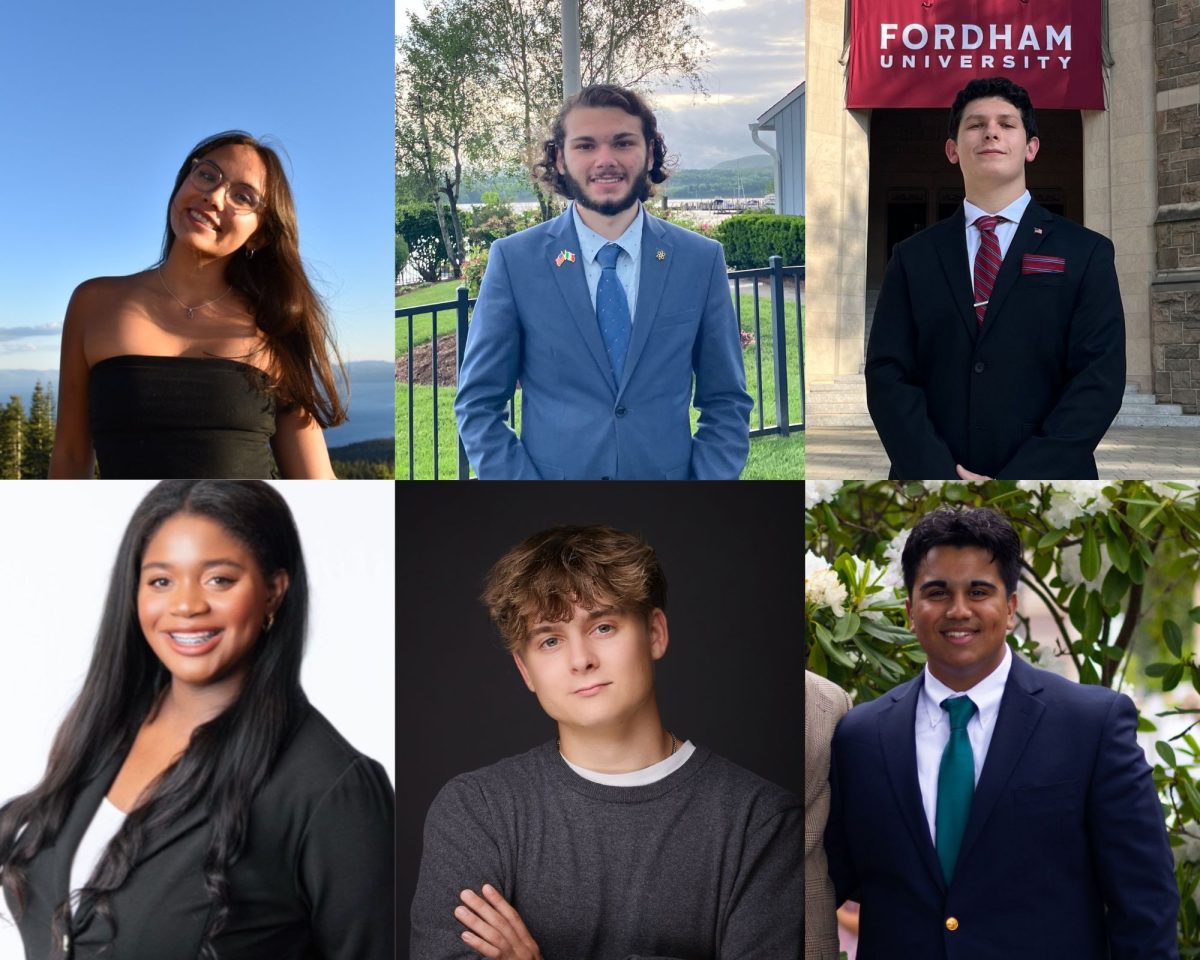




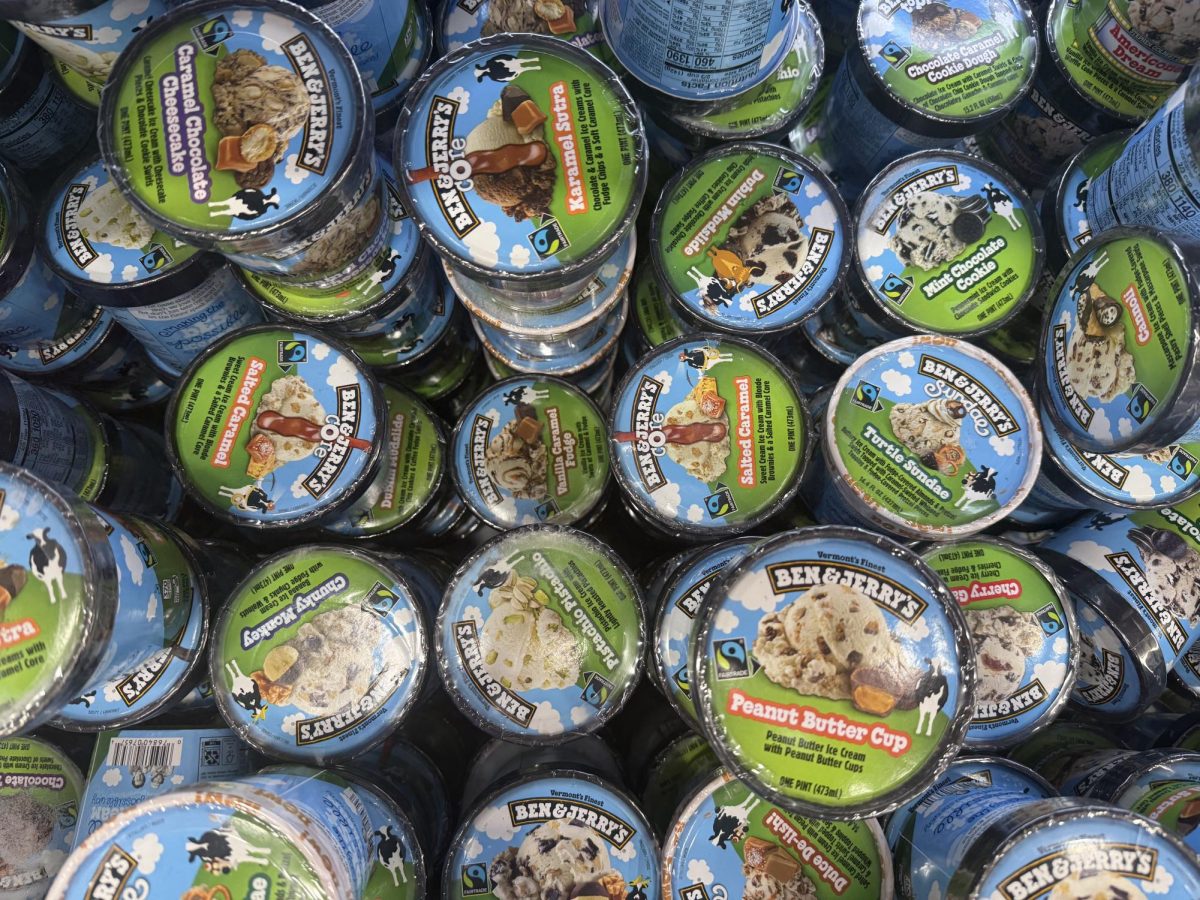
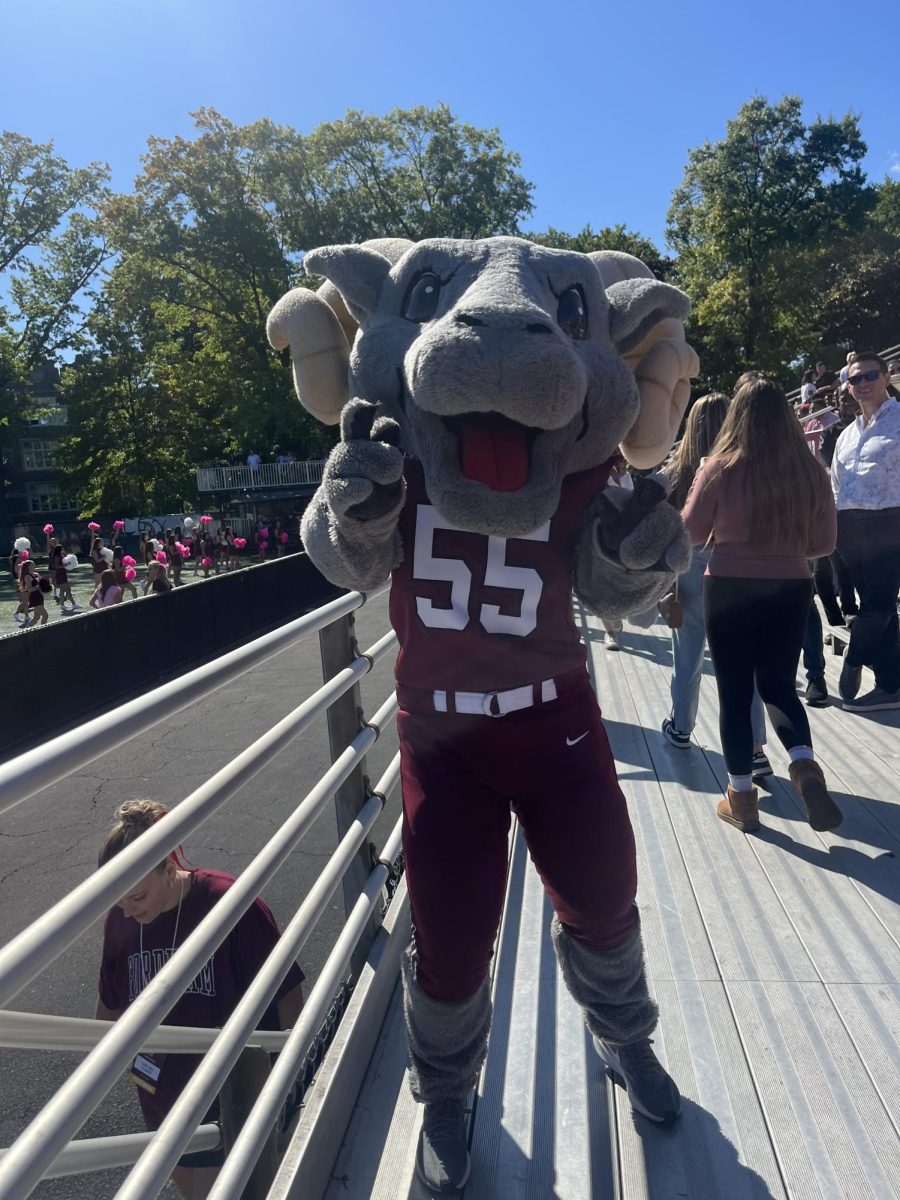
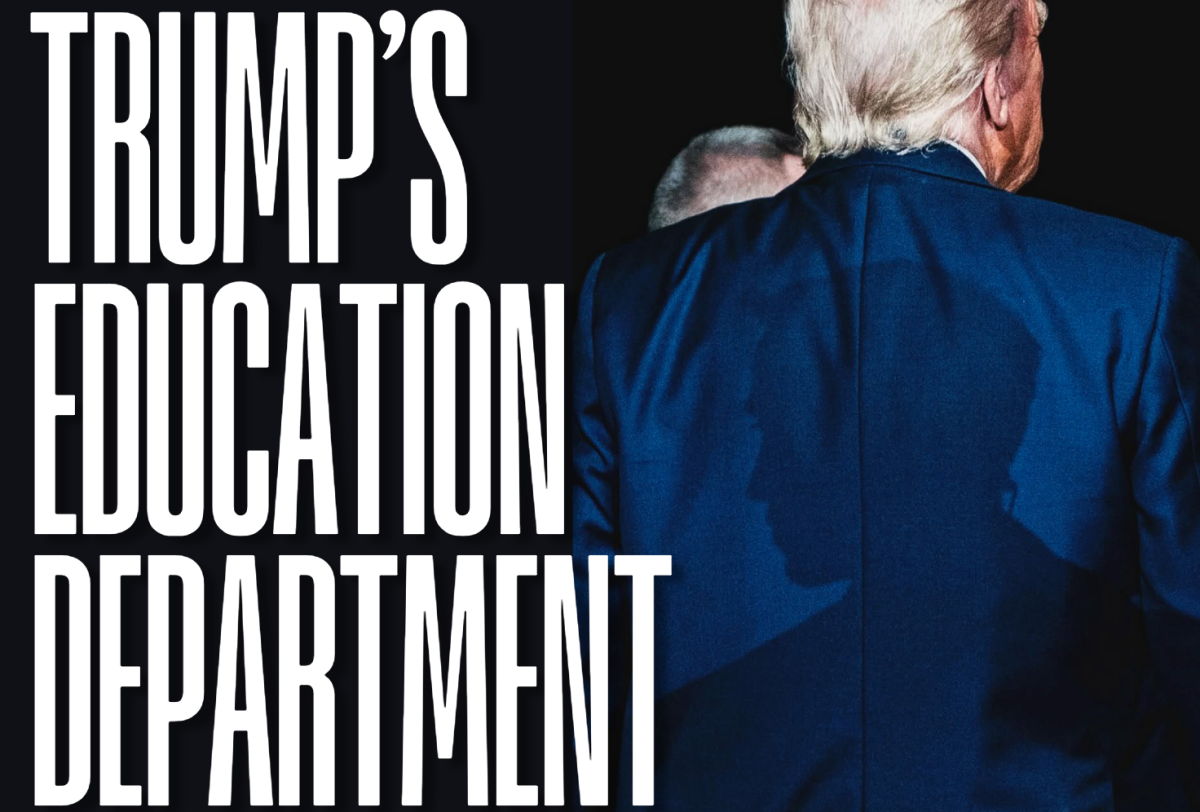
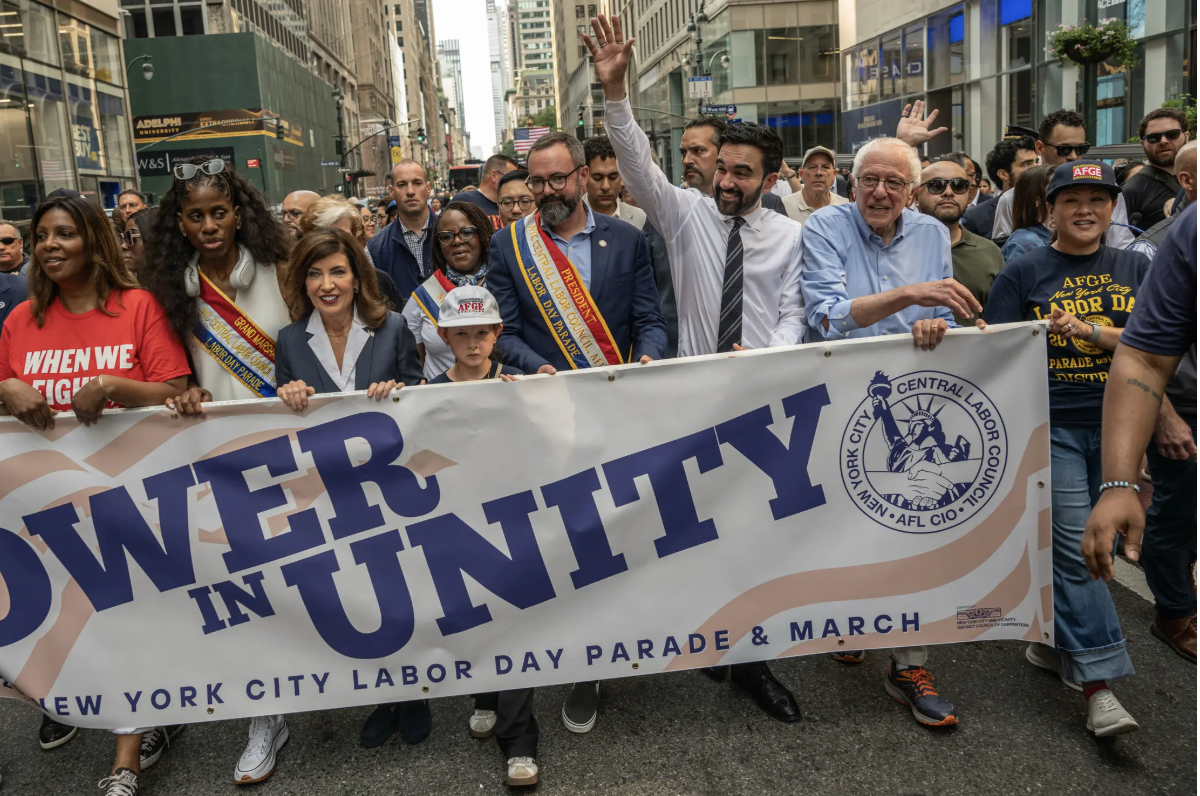







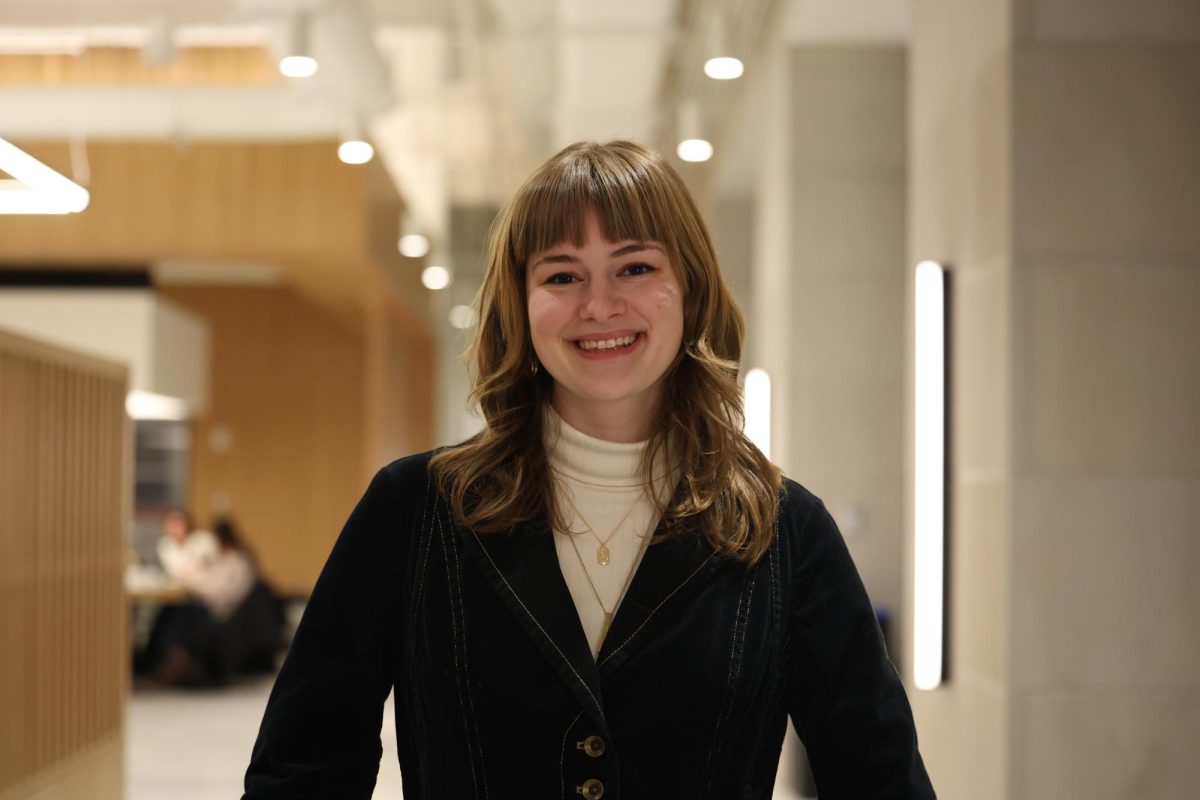










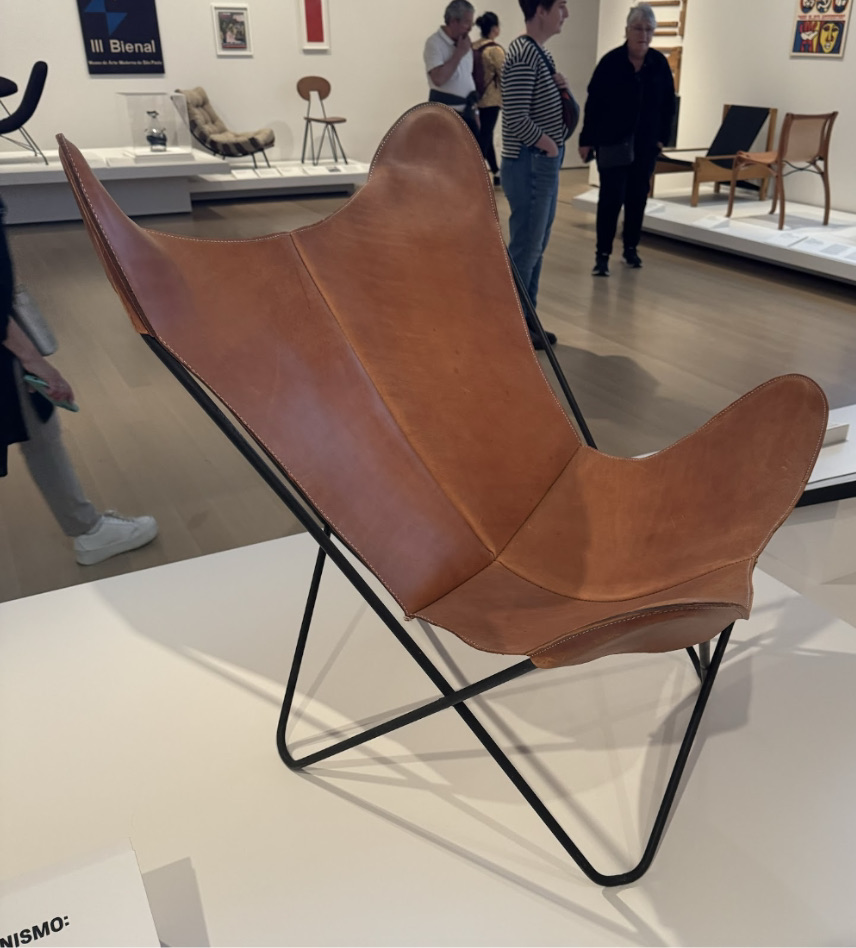





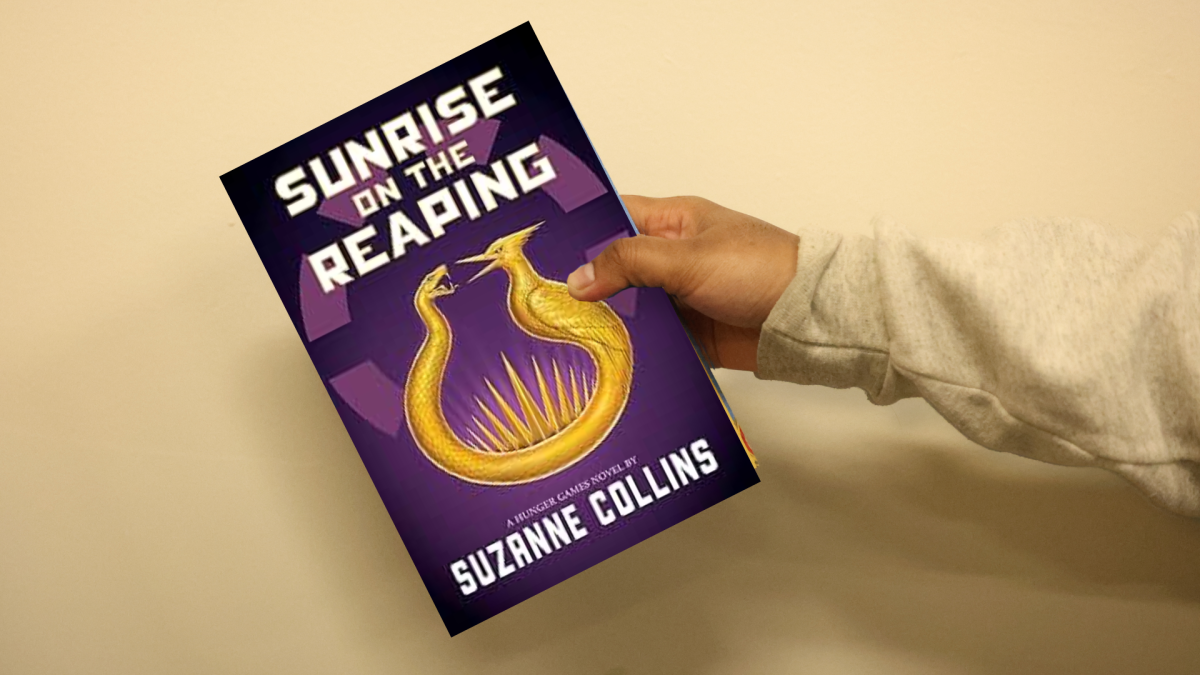




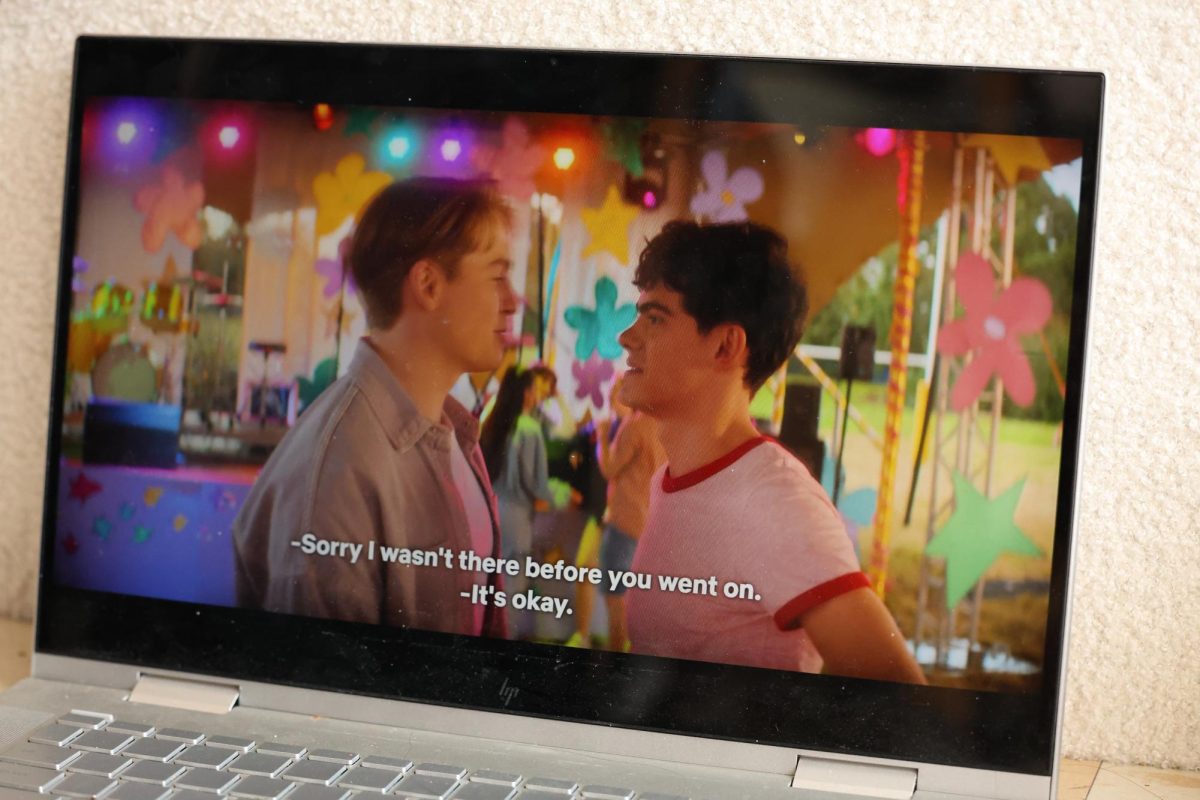


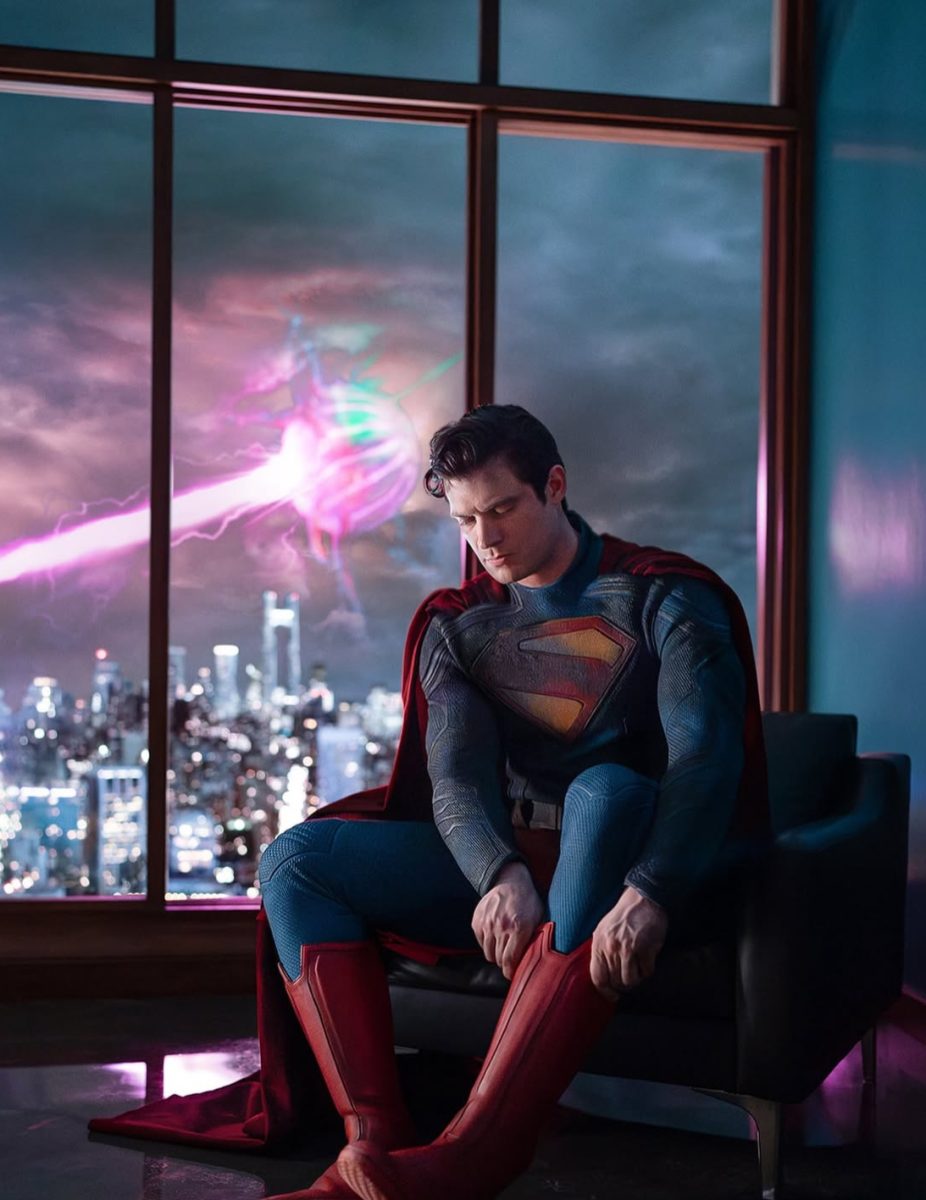
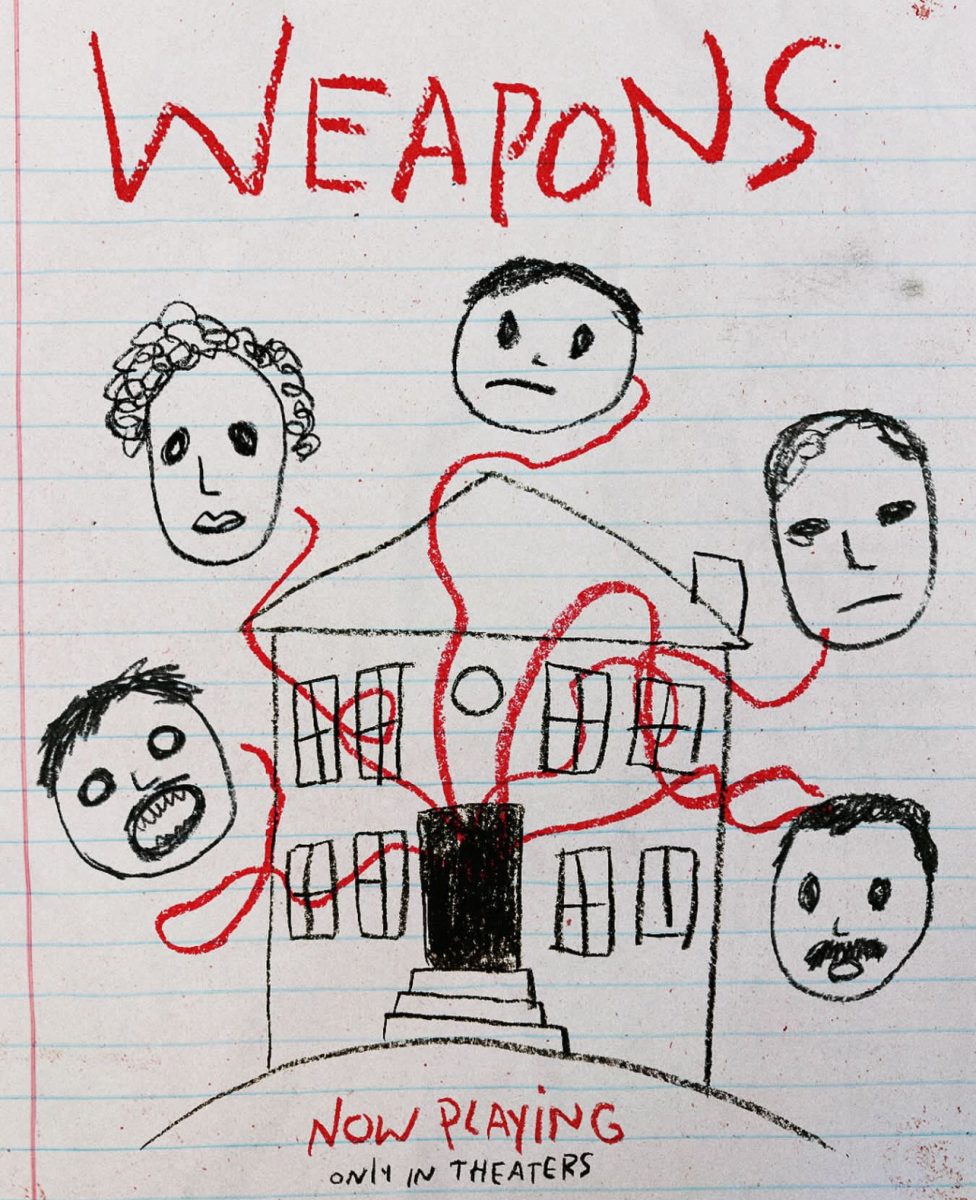





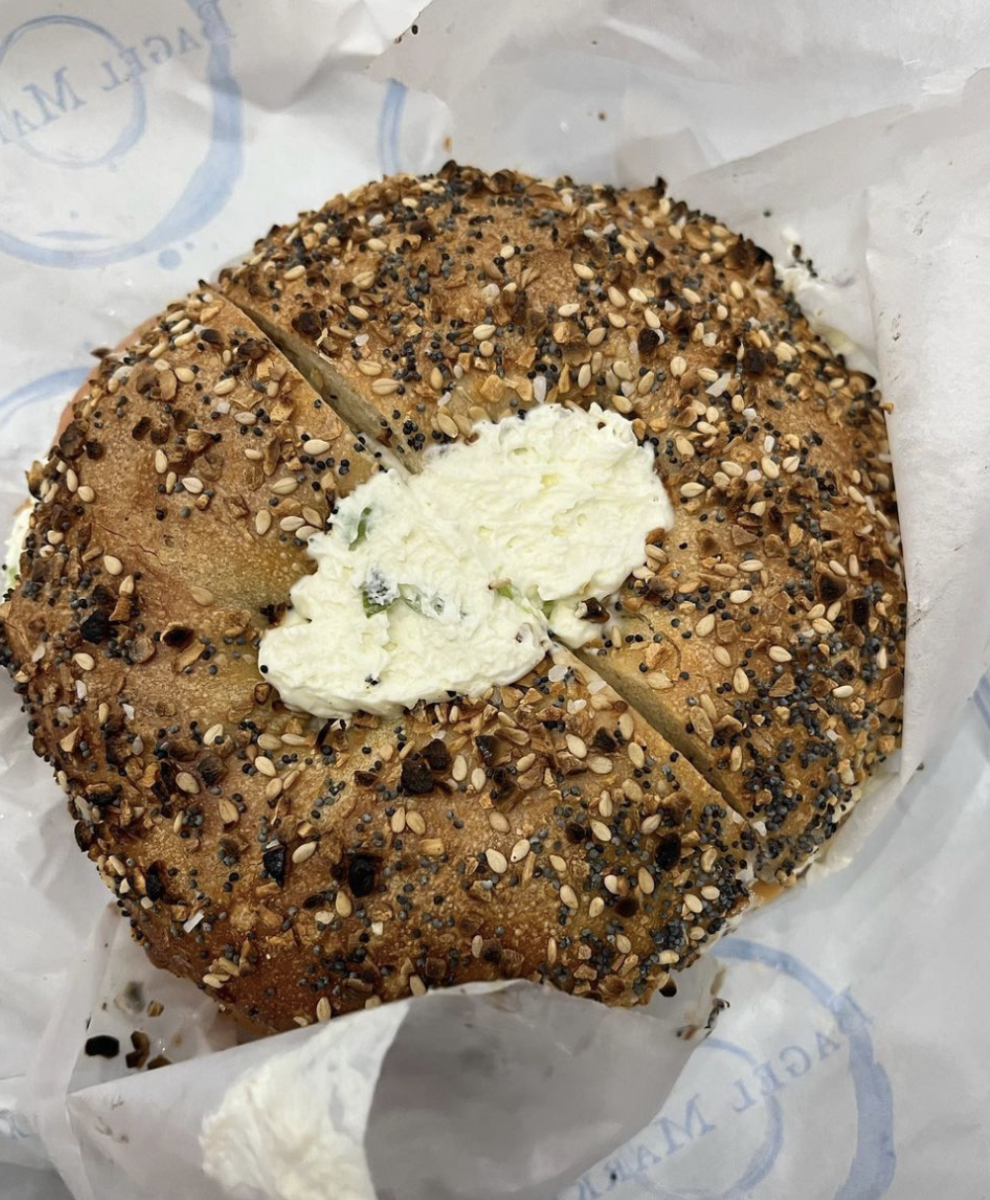







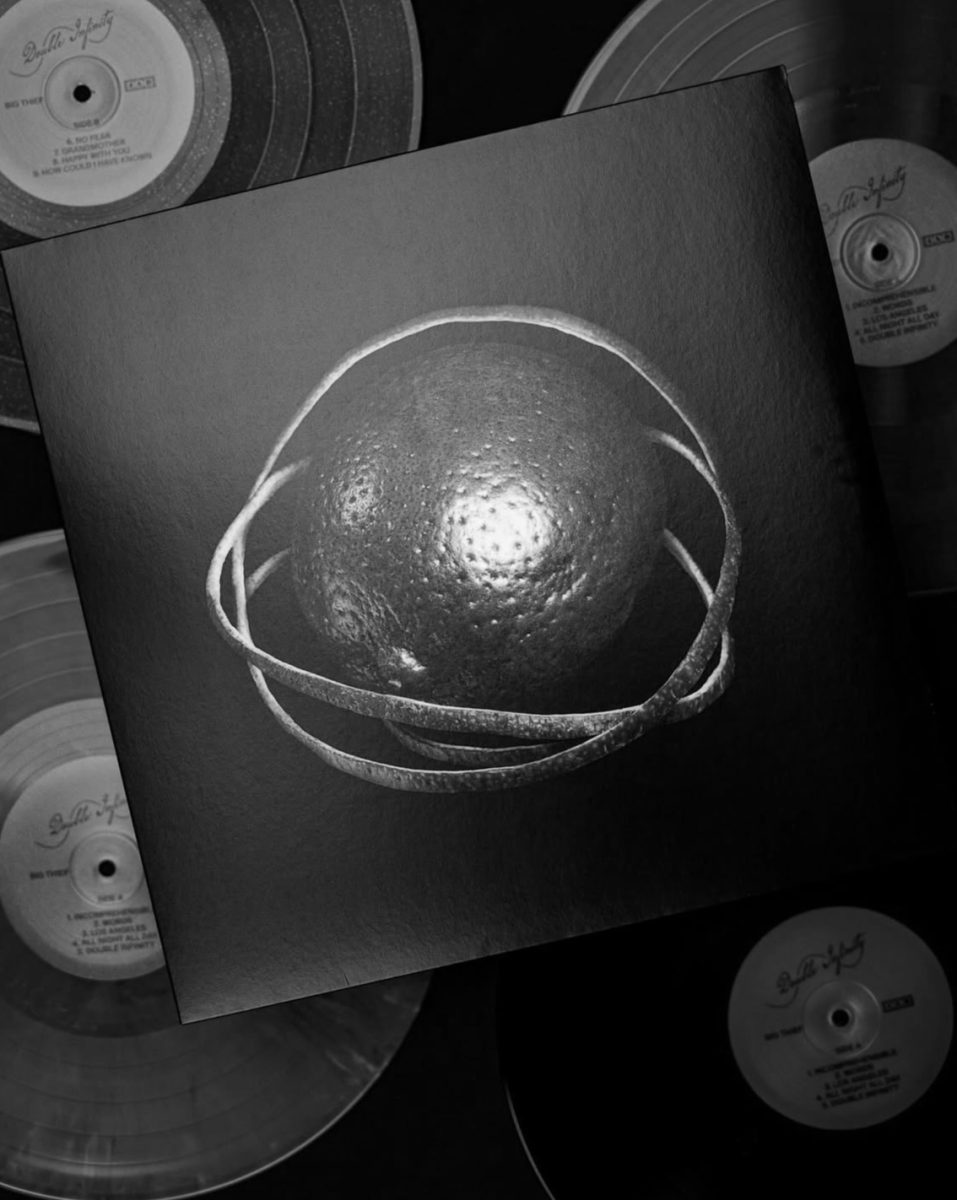
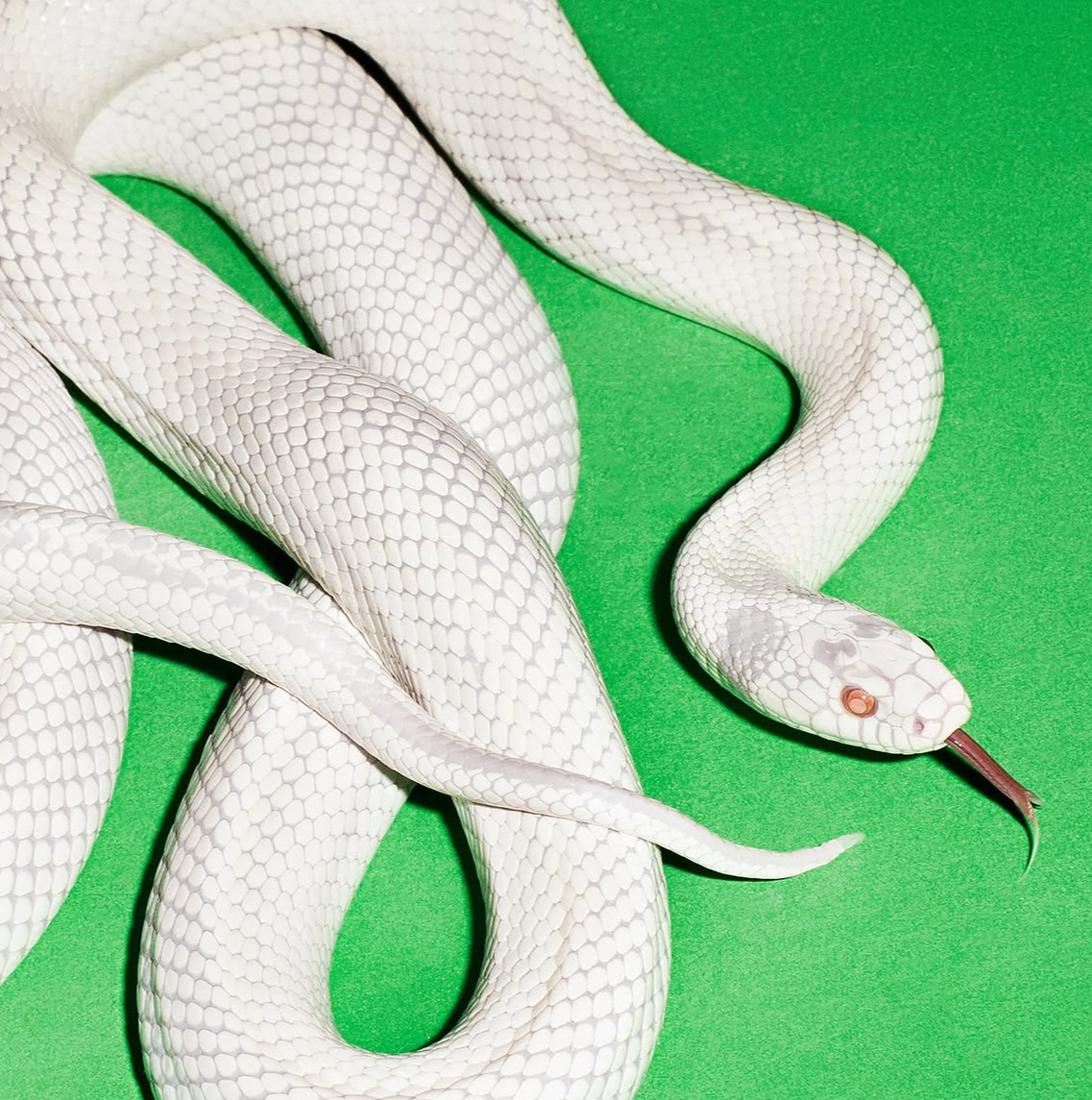
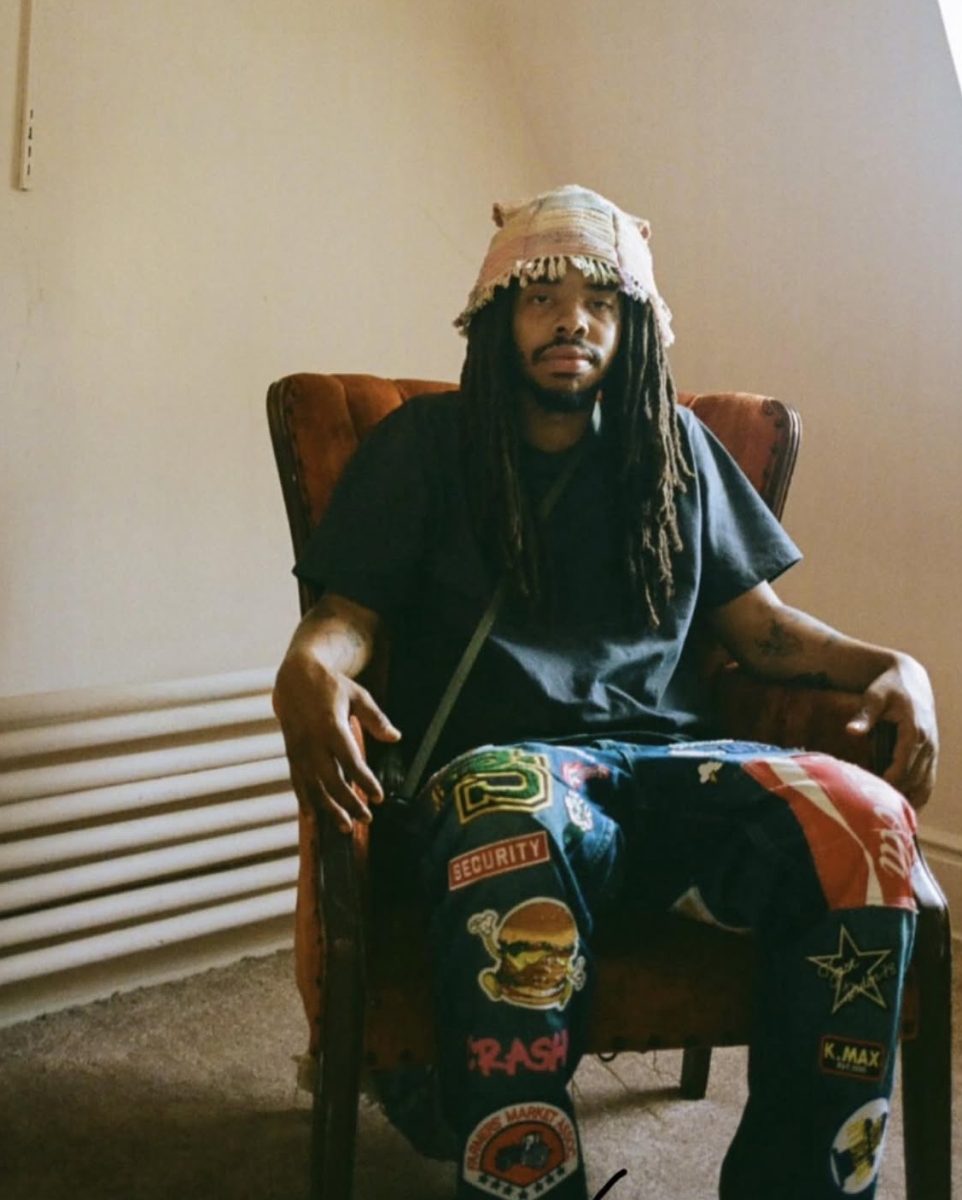











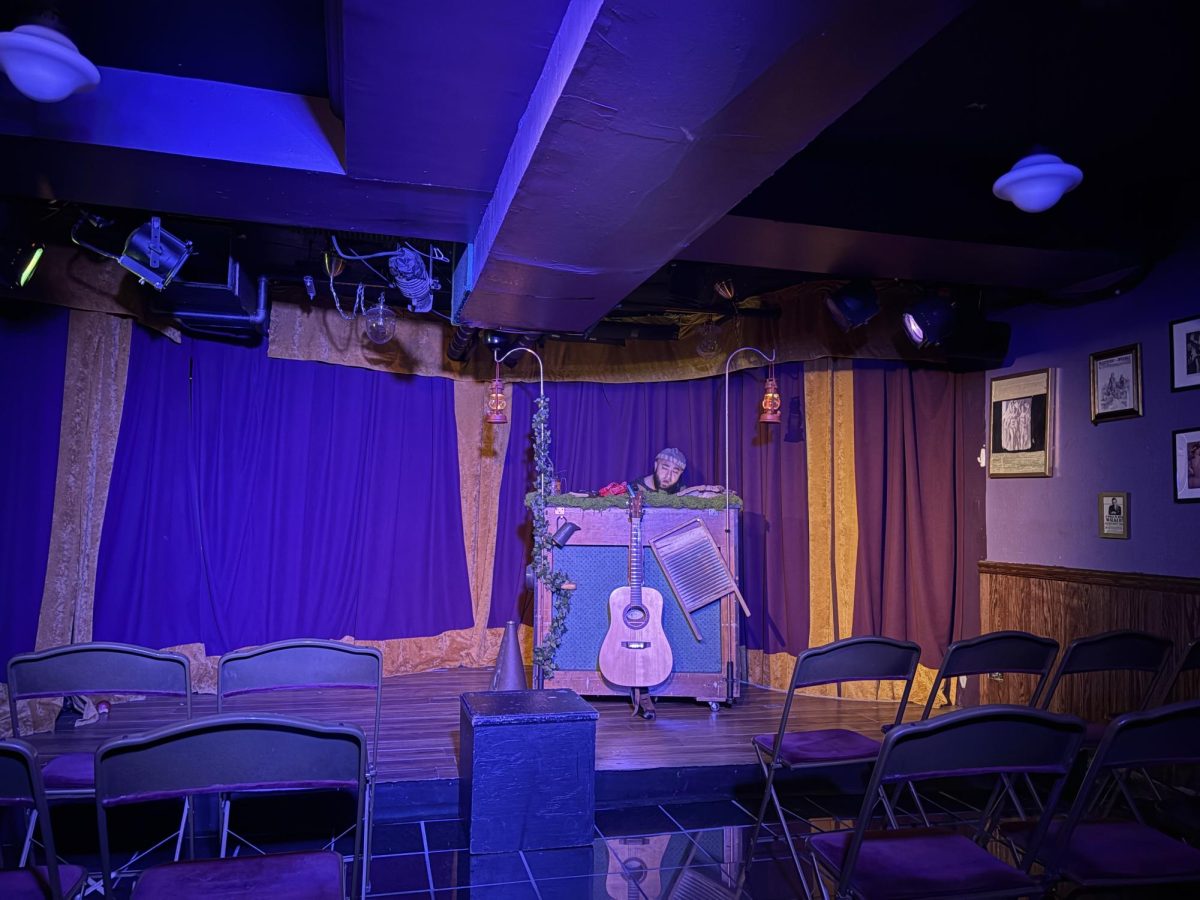





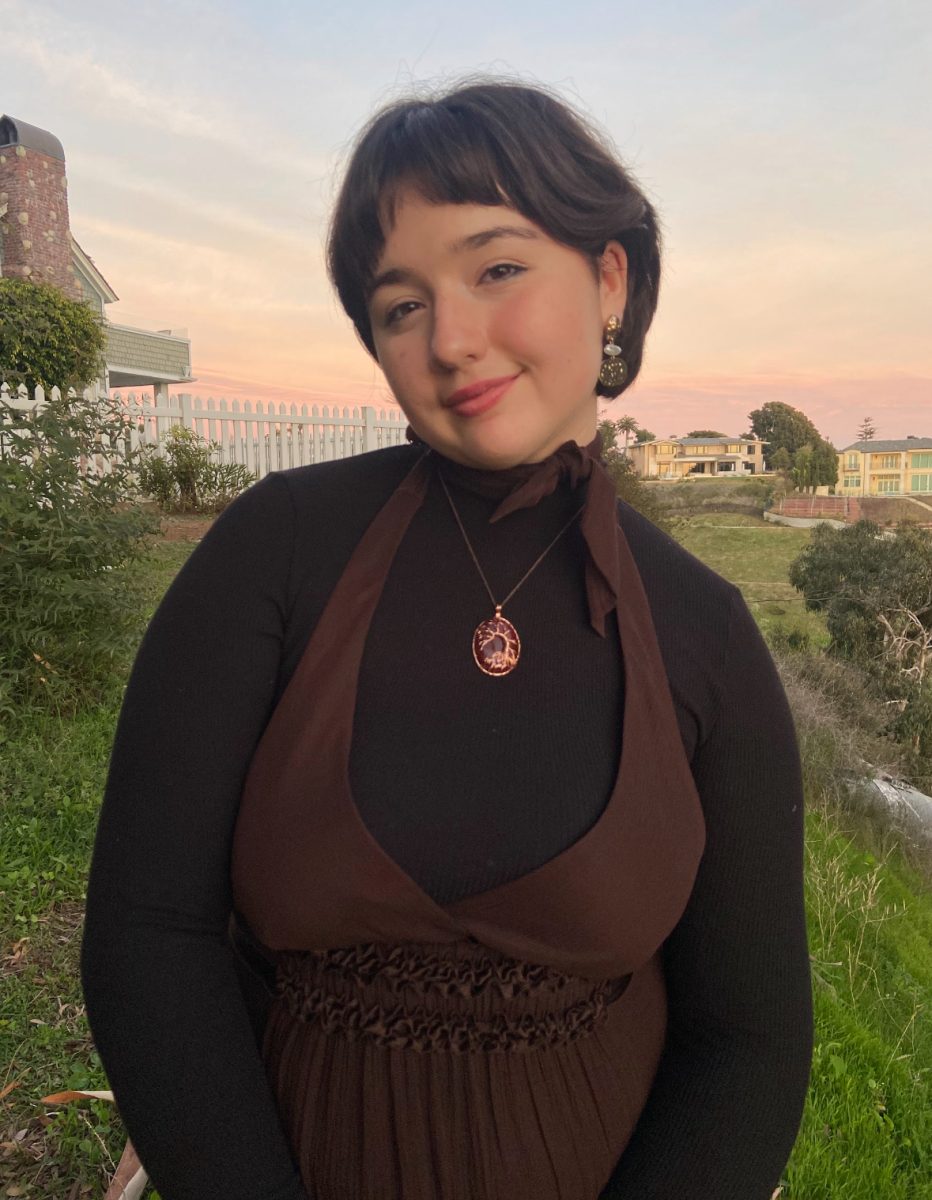















































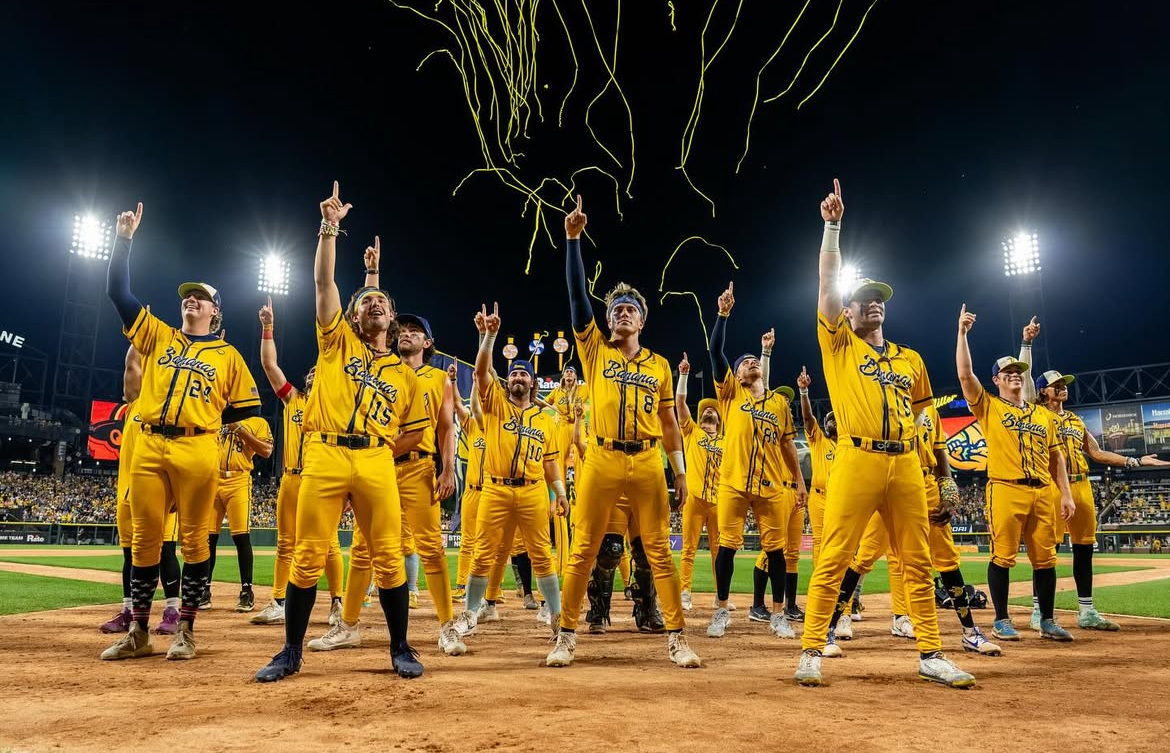











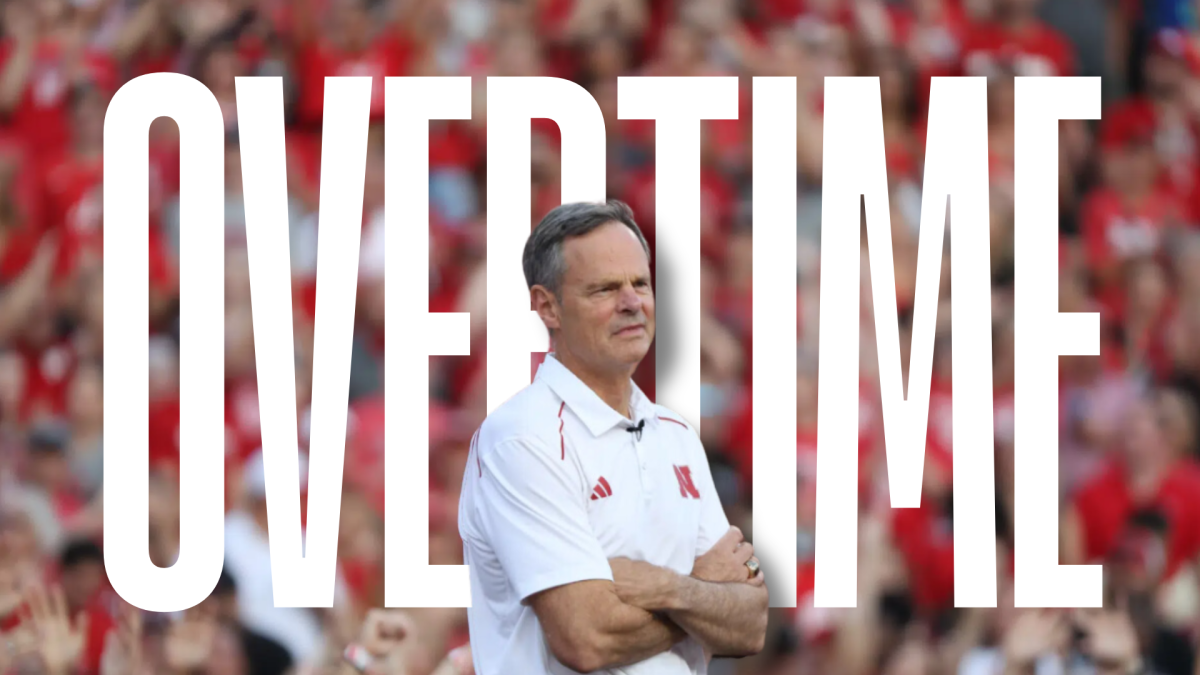





















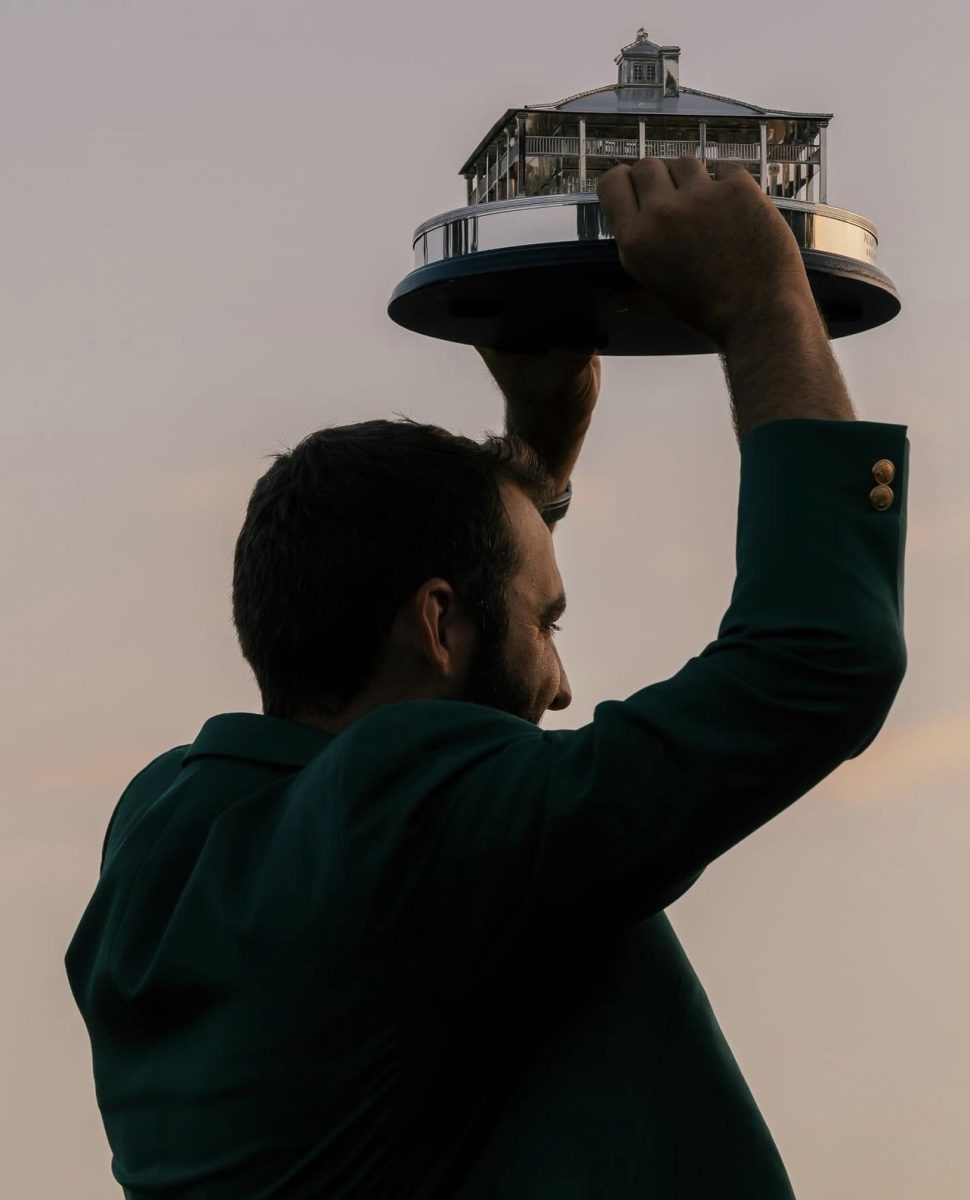





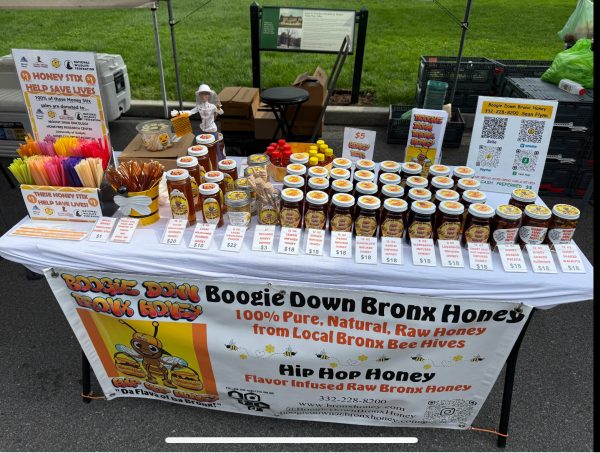
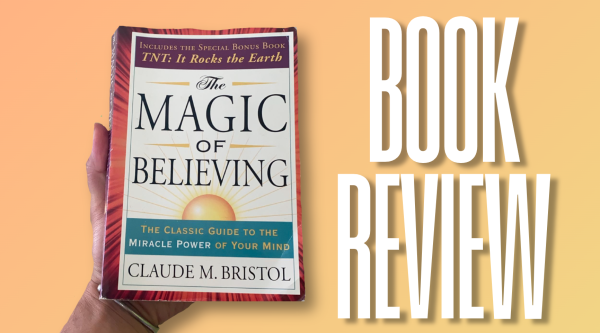
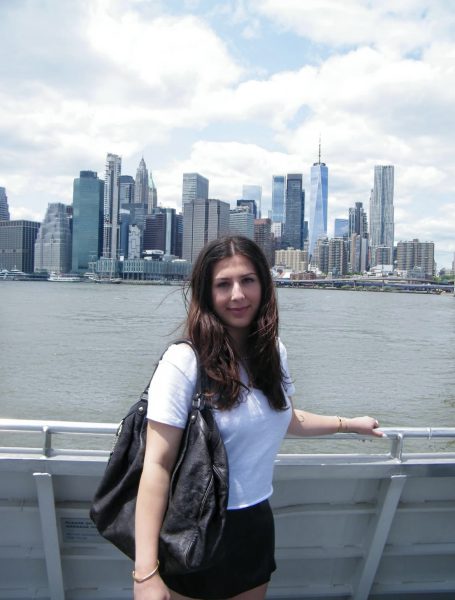
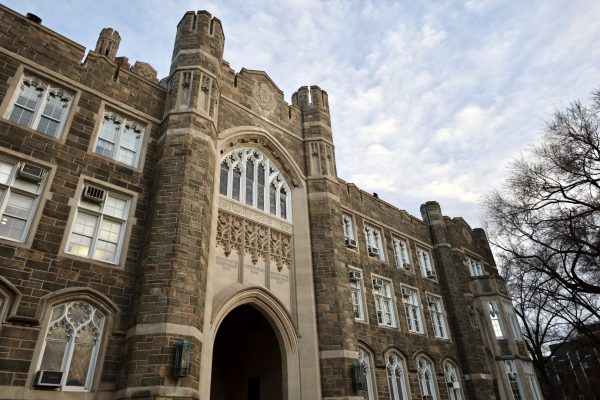
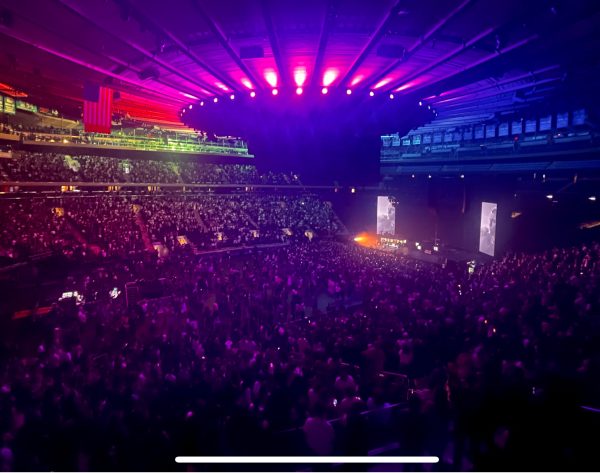
Makeup Museum • Sep 24, 2020 at 2:05 pm
Thank you so much for visiting, and for sharing this wonderful recap of your experience!